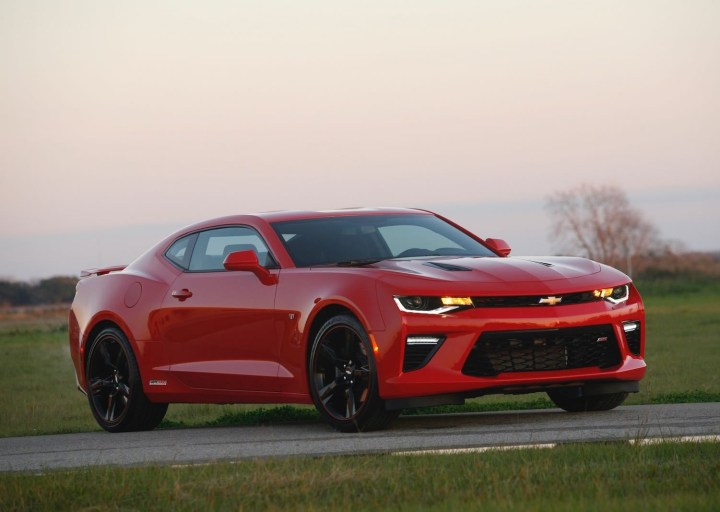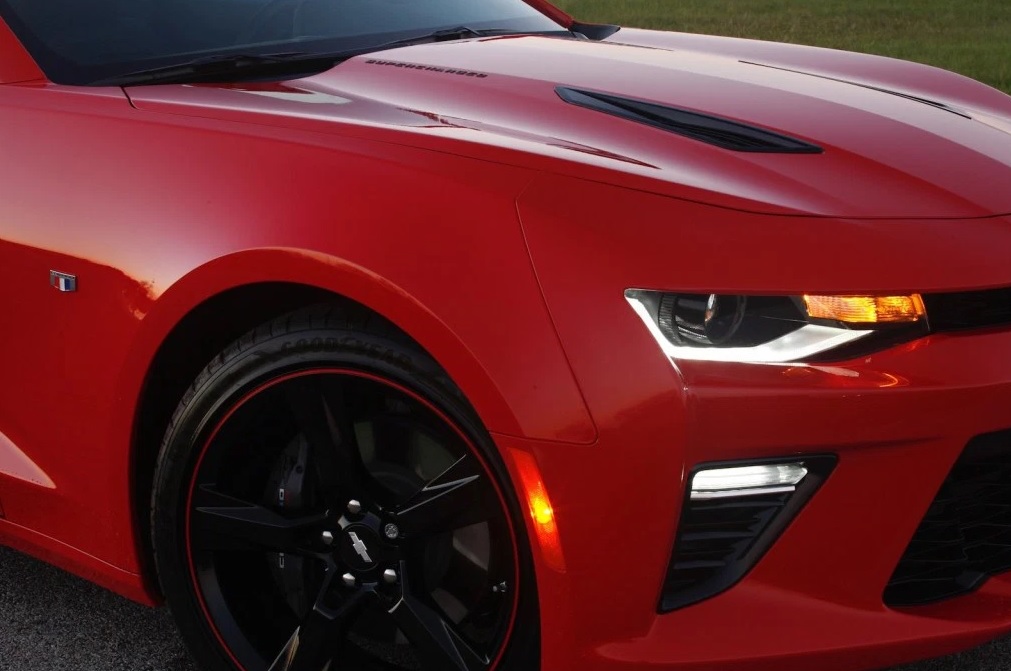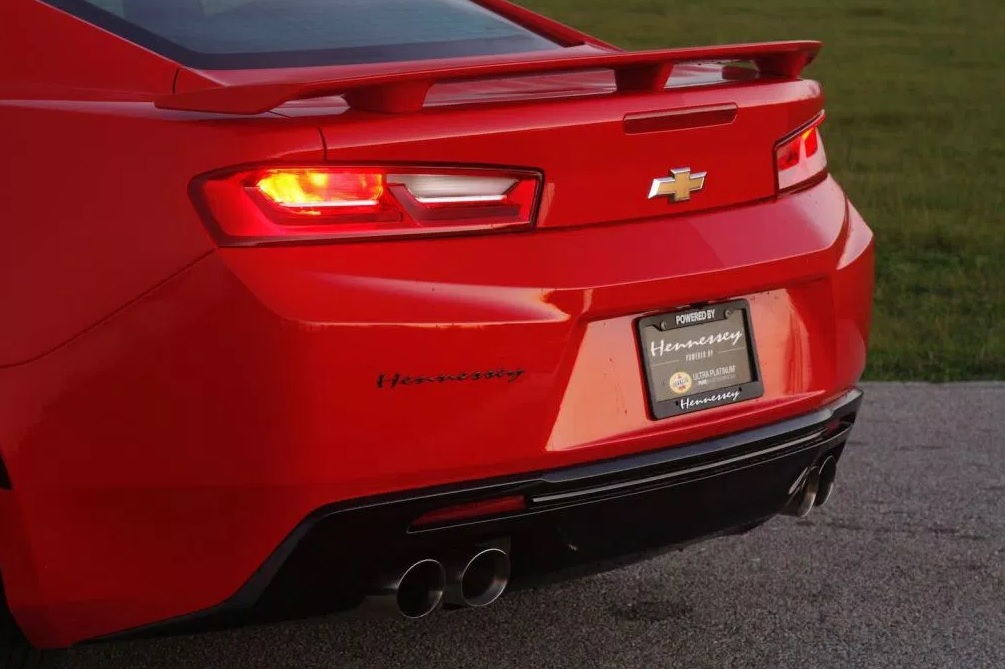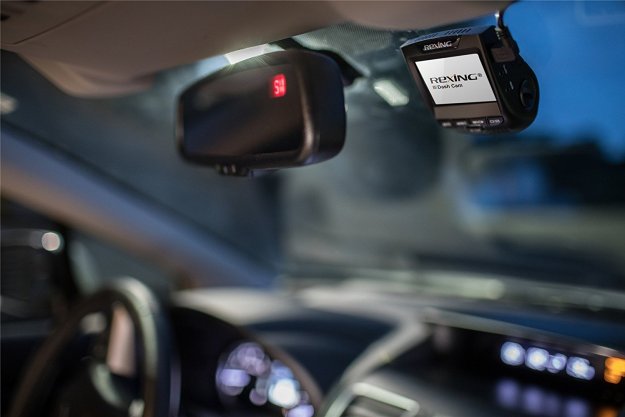
Hennessey started by tearing down the Camaro’s naturally-aspirated, 6.2-liter V8 engine and rebuilding it into a supercharged 6.8-liter unit. The long list of race-derived, performance-enhancing upgrades includes forged aluminum pistons, billet connecting rods, ported cylinder heads, hollow-stem valves, a heavy-duty intercooler, and, of course, a massive supercharger. In other words, very few components under the hood still carry a Chevrolet parts number.
When all is said and done, the 6.8-liter eight pumps out a jaw-dropping 1,000 horsepower at 6,800 rpm and 887 pound-feet of torque at 4,200 rpm, though final performance specifications haven’t been published yet. In comparison, the Camaro SS’ stock 6.2-liter generates 455 horsepower and 455 pound-feet of torque. Surprisingly, the supercharger kit is compatible with both the six-speed manual and the eight-speed automatic transmission.
Don’t look for a SEMA-worthy wing on the trunk lid, huge alloy wheels, and an eye-catching neon paint job; the Camaro retains a low-key appearance even with 1,000 ponies under the hood. However, the kit does include Hennessey-specific floor mats, a sprinkling of discreet Hennessey emblems, and a numbered plaque on the dashboard. Additionally, every car comes with a certificate of authenticity and a one year, 12,000-mile warranty for extra peace of mind.
Hennessey’s 1,000-horsepower upgrade is on sale now. Few will be surprised to hear that it’s not cheap, and Autoblog reports speed junkies who want to more than double their Camaro SS’ power output need to send the tuner a check for $65,000. Those nervous about driving around a 1,000-horsepower coupe — or those who simply don’t want to spend Mercedes E-Class money to get more power — can choose from a handful of more affordable kits that boost the eight’s output to 650, 700, 750, or 800 horsepower.







